PDF chapter test TRY NOW
It is a type of reproduction in which new plantlets are formed from the plants somatic or vegetative cells, buds, and organs.
Characteristics:
- It takes through vegetative parts like the root, stem, leaf, and buds.
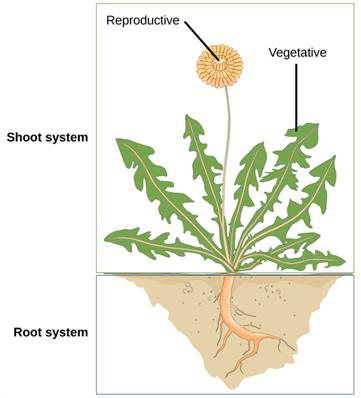
Vegetative parts of a plant
- The vegetative portions of the plant separate from the parent body and grow into a separate daughter plant during this method of reproduction.
- Meiotic divisions are absent, and only mitotic divisions are present, because it does not include the fusing of gametes.
- Genetically, the daughter plants are identical to the parent plant.
Vegetative reproduction can occur through leaves, stems, and roots, as previously mentioned.
Vegetative propagation through leaves:
In Bryophyllum (also called sprout leaf plant), small plants grow at the leaf notches. If the leaf is buried on moist soil, the margins of the leaves develop into a new plant that resembles the parent.
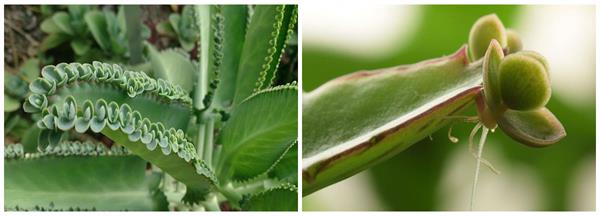
Vegetative reproduction by leaf
Vegetative propagation by stem:
This method is suitable for is strawberry, rose, Champa, money plant, sugarcane, banana, cactus, rose, grapes, jasmine etc.
- In this type of propagation, the aerial weak stems of the plant tough the ground and give rise to adventitious roots and buds.
- When the parent plant's connections are removed, the offspring become independent.
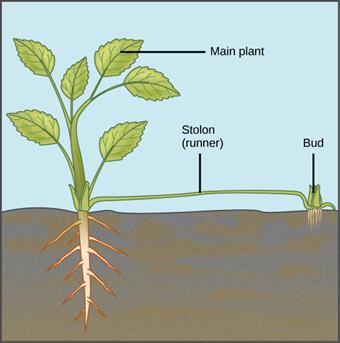
Vegetative reproduction by stem
Vegetative propagation by roots:
- In plants like sweet potato, dahlia, blackberry etc., a new plant develops through tuberous roots (acts as a storage organ).
- There are buds present on these modified storage roots that can grow above the ground, and a new plant is formed.
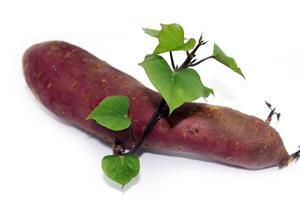
Vegetative reproduction by roots
Bulbils:
Bulbils are flower buds that have been changed into globose in some plants. These fall to the ground and sprout into new plants.
It is seen in Agave.
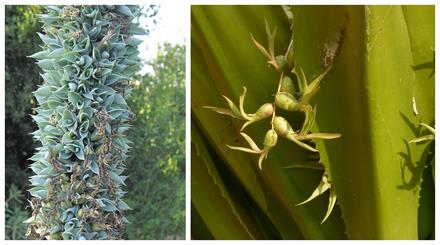
Reproduction through bulbils in Agave
Reference:
https://commons.wikimedia.org/wiki/File:Bryophyllum_sp_2.jpg
https://commons.wikimedia.org/wiki/File:Bryophyllum_Daigremontianum_macro_1.jpg
https://commons.wikimedia.org/wiki/File:Bryophyllum_Daigremontianum_macro_1.jpg
https://upload.wikimedia.org/wikipedia/commons/8/82/Figure_32_03_02.jpg
https://commons.wikimedia.org/wiki/File:Agave_vilmoriniana_01.JPG
https://www.flickr.com/photos/91314344@N00/3439066268/
https://commons.wikimedia.org/wiki/File:Figure_30_01_01.jpg
